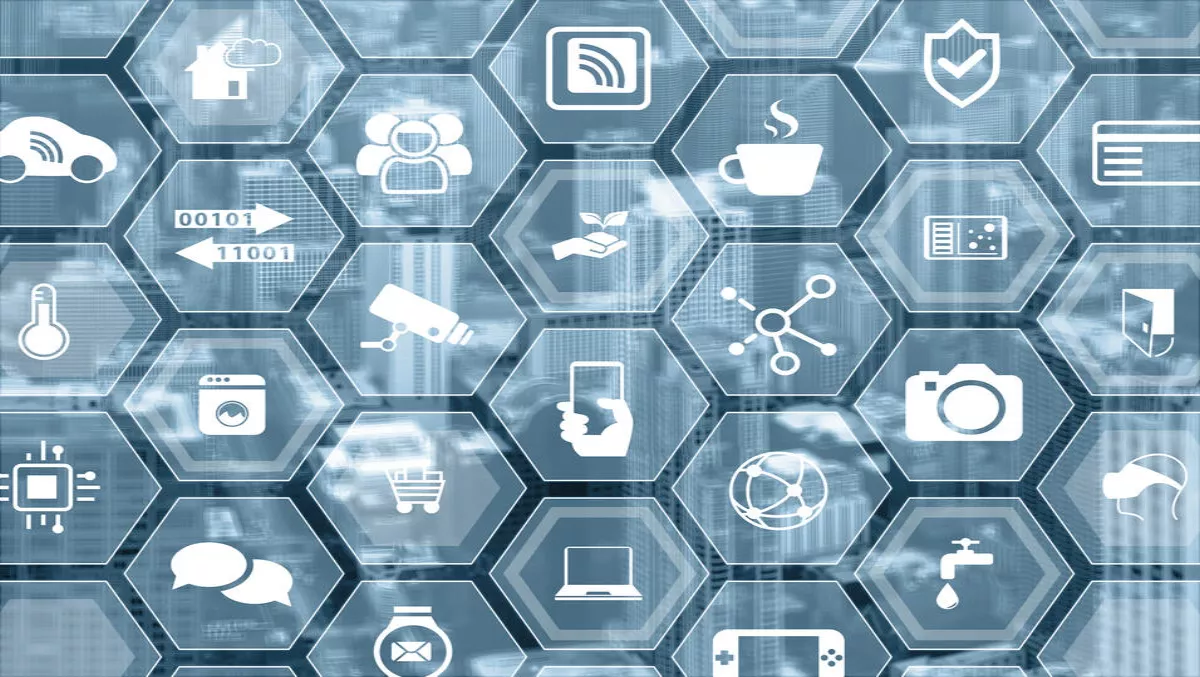
There was a time when a desktop computer was revolutionary. But today, the hype surrounds a different set of buzzwords. One of these is the Internet of Things (IoT).
As with any technology that attracts mainstream attention, organisations may feel pressured to jump on board for fear of missing out.
Ardy Sharifnia, general manager, Ixia says that the hype around IoT has paradoxically hindered the understanding of how it actually works.
"IoT consists of endpoint devices such as sensors within everyday objects like cars or air conditioners, which are connected to the internet and send copious amounts of data back to the organisation for analysis." Sharifnia adds, “a better way to visualise IoT is to think of it as a combination of separate but united elements. Each of these has its own specific technology and technical considerations, and is independently set up."
Sharifnia notes that these elements don't need IoT to survive, but the sum of all these components working together is what constitutes IoT.
Ixia has identified five IoT components businesses should understand and consider when developing an IoT strategy: Things - ‘Things' are what makes IoT possible and why analysts project exponential growth.
They are the connected endpoint devices that collect and send data for businesses. According to Gartner, by 2020 there will be up to 20 billion such connected devices. Access technologies - Access technologies cover all the different methods used by ‘things' to share information with the rest of the IoT infrastructure.
The method used depends on multiple factors such as distance from nearest access point, projected data rate and throughput, power requirements, and size.
Organisations should always consider business environment and characteristics to ensure the correct network accommodates the organisation's business strategy. Network infrastructure - The network infrastructure transports data from the access technologies to the cloud processing ecosystem.
Unlike network infrastructure in the past, to serve IoT data traffic, networks need to be flexible to grow with increased traffic or shrink when traffic dies down.
This decreases operating expenses for service providers and costs less for end users as they don't pay for network resources they aren't using.
Cloud processing - All the data generated is of no use until organisations store, analyse, and, if necessary, act upon it. This is where cloud computing is crucial as this element is where the smarts in the IoT comes from.
The potentially huge amount of data generated for organisations has to be processed to make sense of it and decide what follow-up action to take.
Businesses use the cloud processing ecosystem to aggregate disparate information and gain actionable insights. Security - Many IoT devices have weak or non-existent security. These products are susceptible to attacks. As a result, many organisations cite security as the reason they haven't fully embraced IoT.
Sharifnia says, “deciding the right technology is the foundation of embracing IoT capabilities that drive efficiency and innovation for businesses."
Sharifnia concludes, "of all the current technology trends, IoT gives businesses the most disruption as well as the most opportunity over the next couple of years."